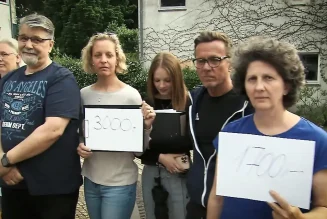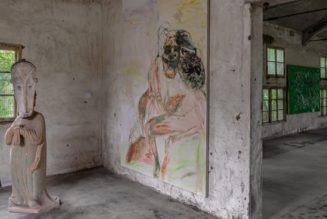(Image Credit: AdobeStock/NDABCREATIVITY)

In my previous post, I discussed how I use MicroPulse transscleral laser therapy (TLT) in my practice and the value of having such a flexible tool. The procedure is also very patient-friendly, making it a viable option for glaucoma patients who do not want the break from their current lifestyle that would be required if they were to proceed with incisional surgical options.
MicroPulse TLT is non-incisional and has a favorable safety profile. Patients do not have to worry about the possible health effects of prolonged anesthesia or risk of infection. There is no extensive tissue disruption and the procedure will not preclude future glaucoma treatment options. I also have not seen any significant visual loss or even any significant macular edema as a result of my MicroPulse treatments.
The procedure requires minimal patient downtime or disruption. This is important for my younger patients who cannot take time off after surgery to be down for a potentially long period of time without heavy lifting or bending (as in the case of incisional glaucoma surgeries). I also have elderly patients who are on blood thinners and are not good candidates for incisional surgeries. Additionally, both younger and older patients may either be their own sole caretakers or are the caretaker for others, and the physical restrictions would make daily life difficult or impossible to navigate.
Post-operative clinic follow-up is less intense after MicroPulse TLT than after incisional or filtering surgeries. I usually see patients the day after the procedure, at week two or three, and then two or three months after the treatment, depending on the patient’s pressure and whether I have inflammation concerns. Some surgeons may even skip the post-operative day one visit and see the patient one week after the procedure instead.
Fewer visits can be an important plus for younger patients who might need to take time off work or find someone to watch their children. It is also a relief for elderly patients who may need to find a ride to these visits or not be able to leave a partner alone at home.
Keeping my patient active
Though glaucoma predominantly affects an older demographic, many of these patients have active lifestyles they are eager to preserve. A 78-year-old male presented with secondary glaucoma and moderate visual field damage OS following blunt trauma and multiple surgeries for retinal detachment. He had a body shop and did not want to stop working long enough to undertake incisional surgery with possibly significant postoperative downtime and higher risk of infection, given the nature of his work.
His pressure was uncontrolled on maximum medical therapy (latanoprost OU, dorzolamide/timolol OS, brimonidine OS) with visual field progression. His intraocular pressure (IOP) was 18, while his target IOP was about 15. His vision was 20/70.
He chose to have MicroPulse TLT OS. His pressure remained at 18 on postop day one, then it dropped to 14 at postop week two and 13 at postop month two, on two drops (latanoprost, dorzolamide/timolol). His postop vision was stable at 20/50-3 OS with no significant inflammation.
He was very pleased to achieve close to a 30% reduction and be able to eliminate one medication. He may consider incisional surgery in the future, but for the time being, he has achieved his priority of continuing work.
I have found MicroPulse TLT to be very valuable as a bridging therapy for moderate or severe glaucoma. I have also sometimes been pleasantly surprised that the benefits of the procedure lasted longer than initially expected.
MicroPulse can be used for patients at almost any point on the glaucoma severity spectrum. Since the procedure does not require patients to alter their lifestyle, it can also be used at almost any point in their lives. It is a patient friendly procedure that I consider for almost all applicable glaucoma situations, and many of my patients, such as the one discussed above, are grateful to have such an option.









